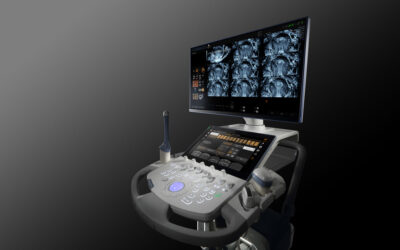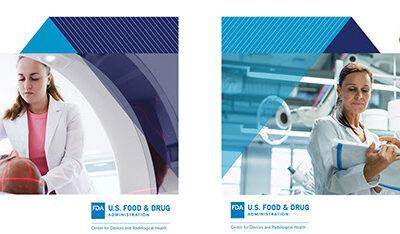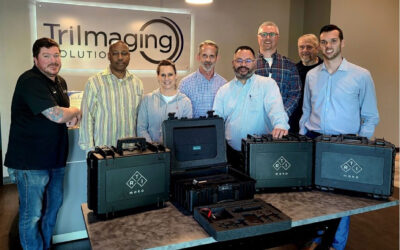AAMI is reporting that the Food and Drug Administration (FDA) has a “strong interest” in changing its quality system requirements for medical device manufacturers to utilize the International Organization for Standardization’s (ISO) updated quality management standard, 13485:2016, according to an agency official who spoke at a conference last week.
“There are a lot of similarities between the requirements of the Quality System Regulation and the clauses of 13485:2016,” said Keisha Thomas, deputy director of the division of premarket and labeling compliance in the FDA’s Center for Devices and Radiological Health (CDRH). “Because they are so closely aligned right now, there is strong interest from the agency for some type of utilization and use of 13485.”
Thomas spoke at the International Conference on Medical Device Standards and Regulations in Arlington, Virginia. The conference, which ran March 22–23, was hosted by AAMI in collaboration with BSI and the FDA.
Thomas shared the FDA’s thinking as more and more regulators are looking toward adopting globally harmonized requirements that utilize regulations as well as standards, such as ISO 13485:2016.
“One of the key changes in the 2016 version of 13485 has been the alignment of global regulatory requirements. There are many references in the standard that talk about regulatory requirements, and as such many countries, industry groups, and various regulatory authorities have begun to do evaluations of those regulatory requirement linkages to the standard,” Thomas explained. “The FDA is no different. The United States is also looking at the regulatory requirement linkages within 13485.”
The FDA has already performed an initial gap analysis between the Quality System Regulation (21 CFR 820) and ISO 13485:2016 and is planning to work with AAMI to develop a technical information report (TIR) that will cross reference 21 CFR 820 with ISO 13485:2016 and vice versa.
“We hope with the TIR that it will allow both ISO 13485- and quality system-centric companies to understand the correlation of the regulation to the standard as well as the benefits of using 13485 as the basis for the quality management system requirements,” Thomas said.
So, does this mean that the Quality System Regulation could be going away? Maybe and maybe not.
“I don’t have the full-on answer … about whether 820 will be absorbed and how these two will integrate or if there will be an integration at all,” Thomas said. “What I will tell you is that we see the utility in the move toward global harmonization, and we are exploring all options in considering how we can do that. You will have to stay tuned for a final decision because one has not come out from the agency yet, but it will be coming out in the late spring in a very public notification.”
One thing Thomas was certain about was that there would not be a “dual quality management set of requirements.”
“The agency is not at all interested in managing multiple quality management system requirements,” she said.
If you missed last week’s International Conference on Medical Device Standards and Regulations, AAMI and BSI will be hosting a second conference in London, June 19-20. Early-bird discounts end April 16.
Revamped Quality System Course Focuses on Changing Regulatory Needs
To help medical device manufacturers broaden their knowledge of regulatory expectations related to quality management systems (QMS), AAMI has updated its Quality System Requirements and Industry Practice course to include ISO 13485:2016 in addition to 21 CFR 820.
The content of the intensive 4.5-day course is the culmination of years of consensus development on the part of a respected group of quality system experts from leading device manufacturers, FDA, industry consultants, and members of the committees responsible for the development of applicable standards, such as ISO 13485:2016 and ANSI/AAMI/ISO 14971, Medical devices – Application of risk management to medical devices.
With the knowledge gained from this course, professionals directly involved in meeting quality system requirements will be able to examine their QMS to determine if it complies with the QSR and 13485.
The next session of The Quality System Regulation 21 CFR 820 and ANSI/AAMI/ISO 13485: Navigating Regulatory Requirements course will be held April 16-20 in Arlington, Virginia, with additional dates throughout the year.








